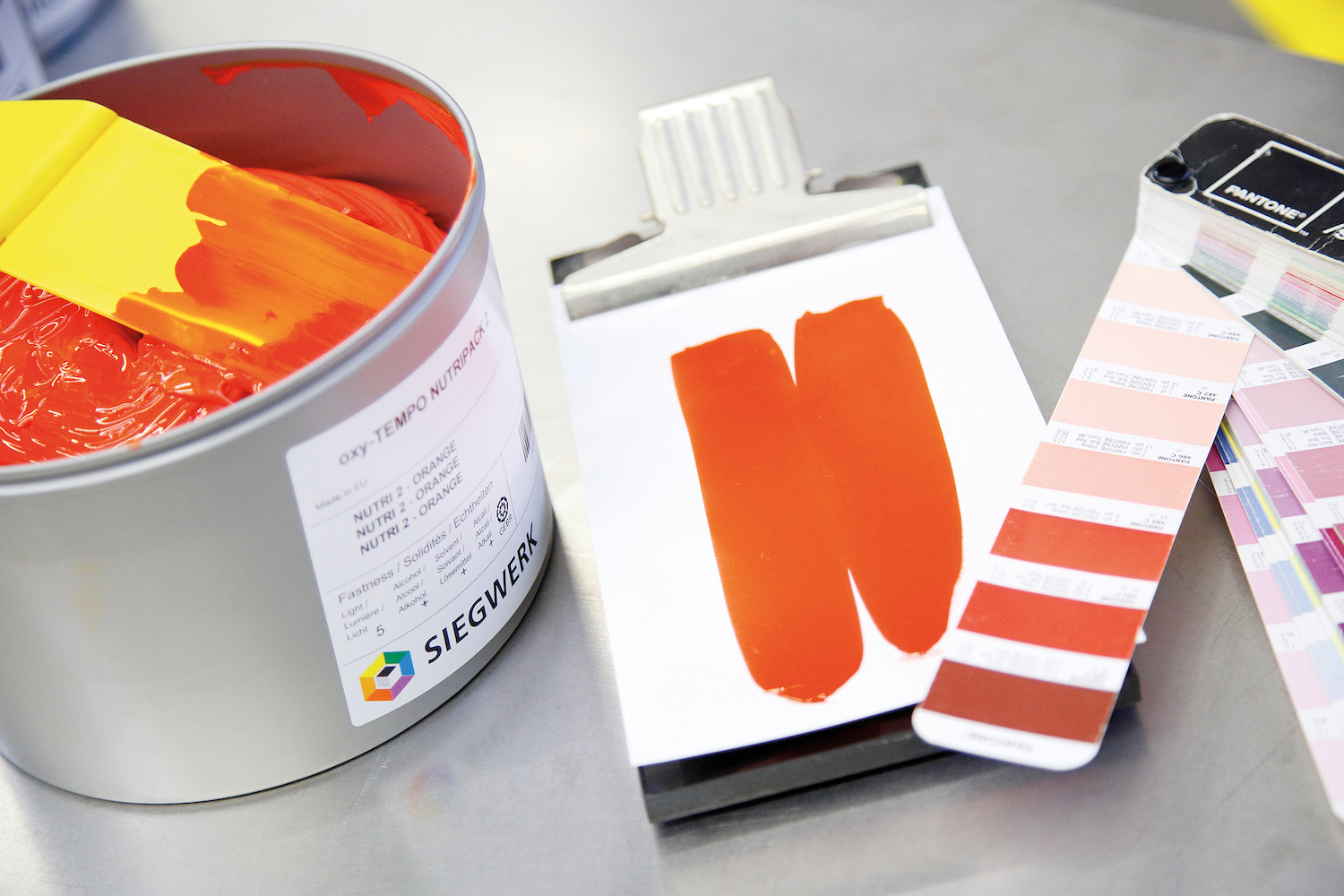
Single-use plastics have a bad rap when it comes to sustainability, and for good reason. Plastics meant for the landfill are a strain on the planet’s non-renewable resources and have a tendency to end up in the natural environment rather than a recycling plant or municipal landfill. Every year, about 8 million tons of plastic waste finds its way into the oceans from the coast, and when that waste breaks down, microplastics come with their own array of challenges.
Despite the negative environmental consequences and stakeholder pressure to turn away from plastics, companies do have some reasons for using them. Plastics are strong and durable, and their light weight — in comparison to metal and glass, for example — means they claim a lower carbon footprint during shipping. On the other hand, plastic is notoriously difficult to recycle. Additives and dyes help to form many different varieties of plastic, and not all of them can be reprocessed and recycled with existing technology. Even when plastic is recycled, a lower-quality material typically results every time it runs through the process.
In short: The bottom-line case for pursuing a plastics revolution remains, and stakeholders show no sign of releasing their pressure any time soon.
This hidden packaging component could move plastics closer to circularity
Making plastics reusable, recyclable or compostable by 2040 could cut greenhouse gas emissions by 25 percent, reduce the flow of plastics into the ocean by 80 percent, and create 700,000 jobs, according to the Ellen MacArthur Foundation.
Clearly, achieving this vision in less than two decades will involve every player within the packaging value chain. Often forgotten during the process are the inks and coatings used to give packaging the look and durability it needs, but the careful use of these elements can make the difference in bringing plastics into a circular economy. Siegwerk, one of the world's leading manufacturers of inks and coatings, has found these materials can play a pivotal role at each step of the sustainable design process — from reducing plastic use, to reusing materials, to making recycling more universal and effective.
"We are a company that very proactively took on the journey to drive and reinforce the sustainable packaging system,” Alina Marm, head of global sustainability and circular economy at Siegwerk, said at the Ocean Plastic Virtual Summit in January. “Something as basic as inks and coatings can really be a pathway to new circular business models.”

Inks and coatings in action
In a recent report, Siegwerk describes the ways in which the smart use of inks and coatings can help to reduce material use, enable the reuse of packaging and facilitate recycling.
“Moving from a linear to a circular packaging industry can preserve the natural environment and mitigate the effect on ecology, while allowing consumers to still benefit from the advantages of packaging,” Marm wrote in the foreword to the report. “Here, inks and coatings play an important enabling role for the realization of circular packaging solutions. Their technical functionalities support the (re-)design of packaging following the three levers of a circular economy — ‘reduce, reuse and recycle’ — helping to keep materials in the loop to maximize their use.”
For example, inks and coatings can enable mono-material packaging — which is made from a single material — to function just as well as alternatives made with multiple components. That means packaging that is still highly effective in protecting, preserving and presenting a product, while being far easier for waste management companies to collect, sort and recycle.
Consider the flexible plastic films used for food and product packaging. While they may appear to be made from one material, many of these films rely on a coating made from polyethylene terephthalate (PET) — the same resin used in plastic beverage bottles — to impart heat resistance, act as a barrier and give the wrap a glossy finish. But using PET in combination with another type of plastic effectively renders the wrap non-recyclable, as the cost and technical barriers for separating these materials remain high. Enter inks and coatings, which can mimic visual attributes such as glossiness as well as performance features like precise sealing and barrier function, allowing for mono-material films made from single resins like polypropylene (PP) that are both commercially desirable and easier to recycle.
A more deliberate and strategic use of inks and coatings can also make an effective recycling process more feasible. Scratch-resistant surface printing, for example, adds to the look of a mono-plastic package and can be printed directly on the pack in a single layer, eliminating the need for adhesives. Importantly, though, those inks should be fully removable during the recycling process in order to maintain the purity and value of the end product. In this area, Siegwerk says there is great potential to adapt the hot washing phase that is commonly used in PET recycling to de-ink flexible packaging and ensure inks and laminates are fully removed so they do not contaminate bales of plastic slated for recycling.
And then there’s moving away from plastic altogether. Special coatings — like a barrier that protects contents and extends shelf life, or a layer that precludes the need for plastic wrapping — can make paper a more viable replacement for plastic in more applications. For example, we all know paper bags tend to become soggy and tear when they get wet, an area where plastic alternatives have a clear advantage. But the simple addition of a water barrier coating can make that same paper bag feasible for many more uses without ending up in a sodden mess. Similar water barrier coatings can be used to replace plastic or wax linings in paper cups and bottles, while grease barriers allow for innovations like all-paper fast food packaging that does not rely on plastic seals.
Achieving the full potential of inks and coatings requires coordination
“Creating circular packaging solutions is not only about innovations,” Siegwerk concluded in its report. “It is a collaborative task considering the complete life cycle of packaging — from design through use to recycling — in order to fuel the creation of circularity.”
In other words, moving plastics closer to circularity requires a systems approach that engages all stakeholders — from the manufacturers that develop new packaging designs, to the brands that use them, to the consumers and recyclers looking to give them a second life. Flexible plastic packaging, for example, is almost universally seen as disposable. If new technologies and methods become ubiquitous, policies and public behavior will have to change, too.
“Collaboration, no matter if it's on a technical level or on a broader society level … is fun if you have a learning mindset,” Marm said at the Ocean Plastic summit. “We really need to innovate collectively.”
This article series is sponsored by Siegwerk Druckfarben and produced by the TriplePundit editorial team.
Images courtesy of Siegwerk Druckfarben

Roya Sabri is a writer and graphic designer based in Illinois. She writes about the circular economy, advancements in CSR, the environment and equity. As a freelancer, she has worked on communications for nonprofits and multinational organizations. Find her on LinkedIn.














